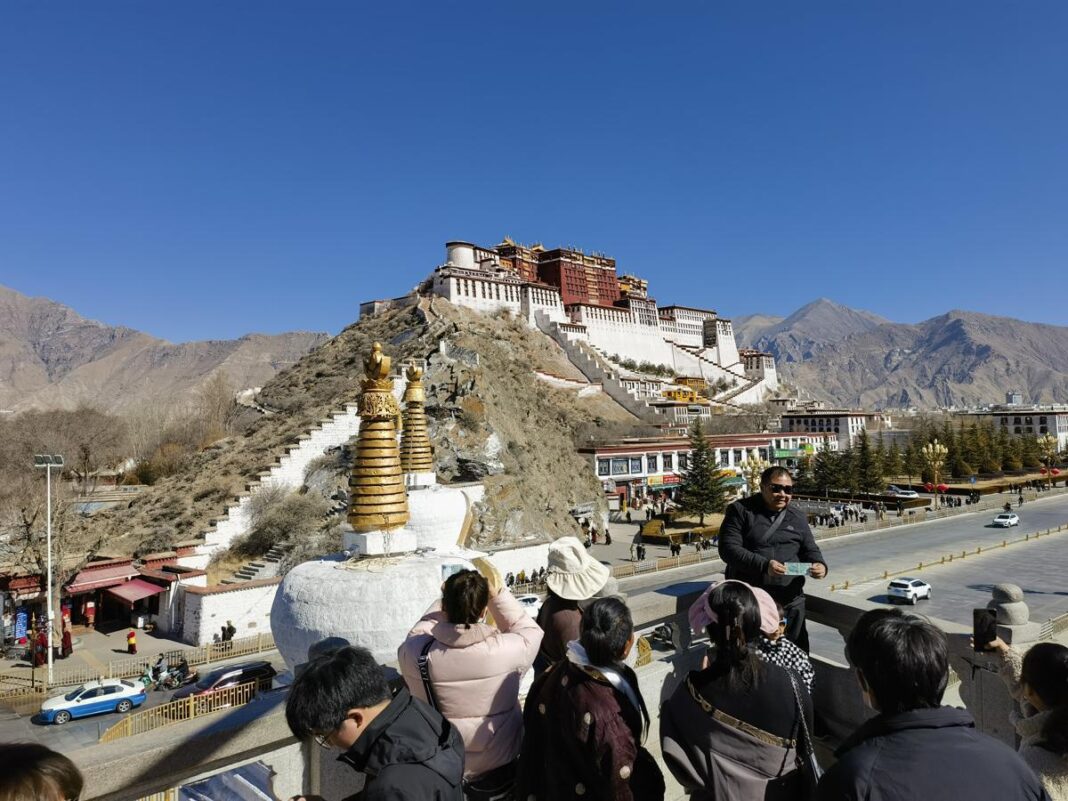BEIJING: Chinese scientists have found traces of indica rice at an archaeological site in the Tibet autonomous region, indicating that Tibetans ate rice around 1,300 years ago in the early Tang Dynasty (618-907).
The discovery, made by an academic team attached to the second comprehensive scientific expedition to the Qinghai-Tibet Plateau at the Kongsangqiao ruins site in Gyirong county of Shigatse, provides the earliest evidence of indica rice on the Tibetan Plateau.
Radiocarbon dating of charred indica rice grains suggests the remains are from around the eighth century, according to a research paper.
The details of the survey were reported in a research paper published in Science China Earth Sciences journal in December.
Rice cultivated in Asia has two main subspecies, indica and japonica. Japonica rice was domesticated in the middle and lower reaches of the Yangtze River in China, and expanded to northern parts of South Asia around 4,000 years ago, and then crossbred with indigenous proto-indica to form the indica subspecies. Indica has been widely planted in Southeast Asia and China.
“When and how the indica rice spread into China is still barely understood,” said Yang Xiaoyan, a professor at Lanzhou University, who was part of the scientific expedition. “The dominant identified charcoal fragments are Himalayan pine, from which a rather cold climate is inferred, where indica rice could not be grown. This suggests it was likely to have been brought to the site,” Yang said. The Kongsangqiao site is located 2,676 meters above sea level in Tibet.
Written records suggest that the earliest indica rice cultivated in China was introduced from Vietnam. The Kongsangqiao site is located along the ancient Tubo-Nepal Road, which was an official route to India for ministers of the Tang Dynasty.
–The Daily Mail-China Daily news exhange item






